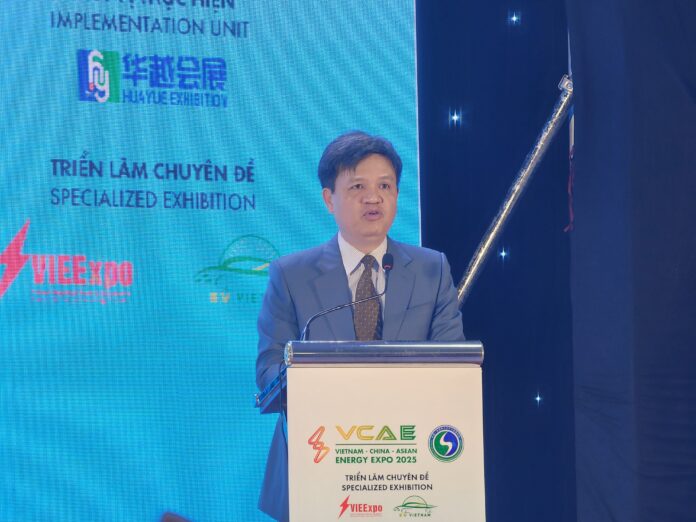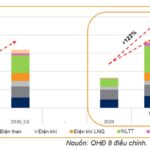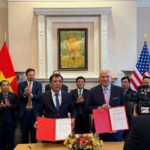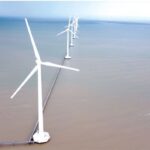Speaking at the Vietnam-China-ASEAN International Energy Forum 2025 (VCAE IF 2025) on April 24, Mr. Ta Dinh Thi, Vice Chairman of the National Assembly’s Committee for Science, Technology and Environment, said that in the current context, Vietnam’s energy industry must ensure high growth targets (8% GDP in 2025, double digits in the period of 2026 – 2030), while also meeting energy security goals and transitioning to green and clean energy, reducing greenhouse gas emissions in line with international trends.
This was reflected in the adjustment of the National Power Development Plan for the period of 2021-2030, with a vision towards 2050 (referred to as the Power Plan 8 Adjustment), which was approved by the Prime Minister on April 15, 2025.
According to this plan, the option to aggressively develop renewable energy sources, excluding hydropower, is expected to reach 28% – 36% of total electricity capacity by 2030, equivalent to approximately 75,500 MW – 122,200 MW, and is projected to increase to 74-75% of total capacity by 2050, equivalent to about 497,900 MW – 535,240 MW.
In addition to the challenge of rapid development in renewable energy, Vietnam also faces another challenge regarding the state of its electricity grid infrastructure and essential transmission equipment, which are not yet capable of supporting economic growth or achieving sustainability. Therefore, Vietnam must expand its electricity supply chain and enhance connectivity with ASEAN countries and China.
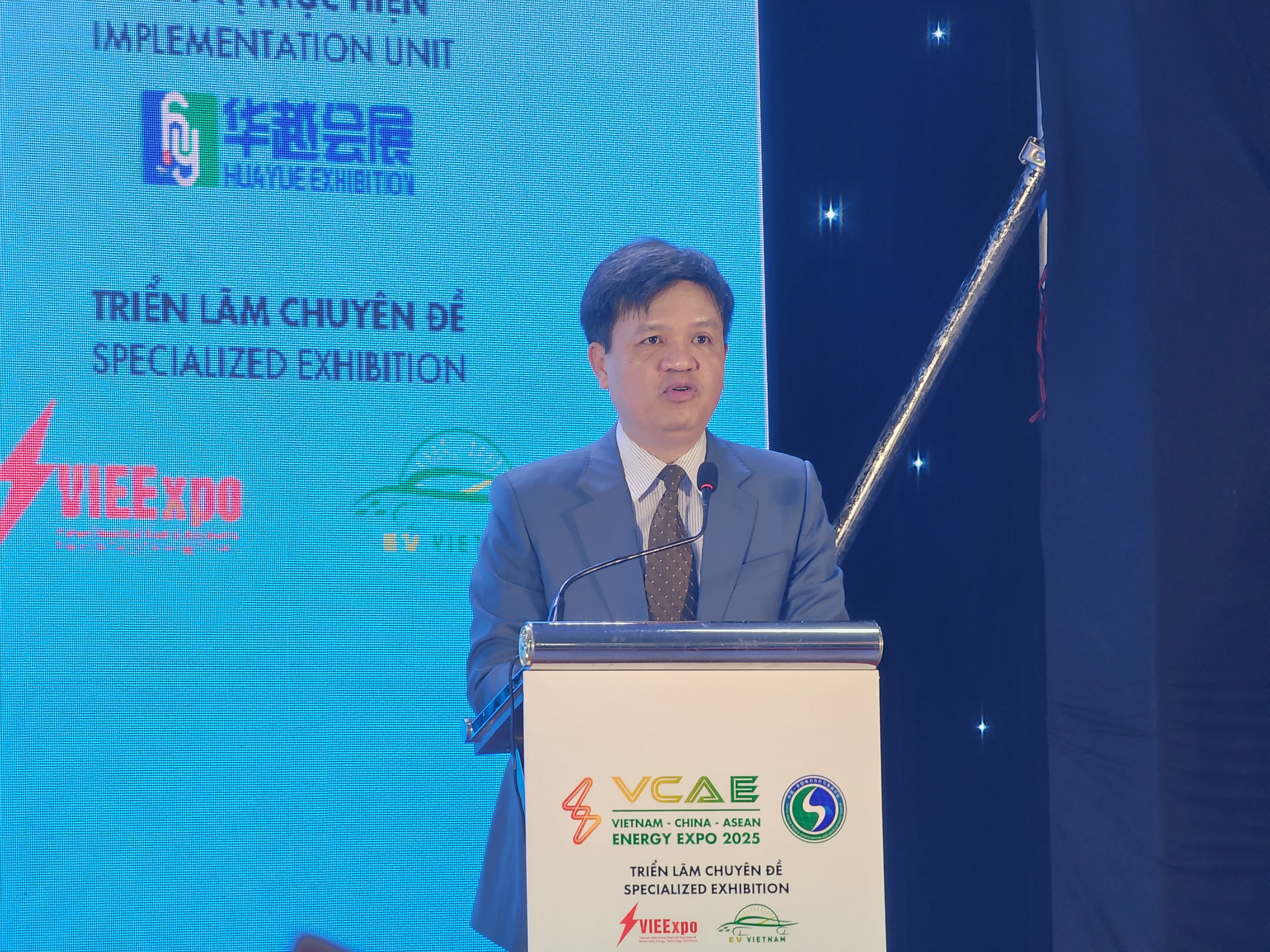
Mr. Thi stated that China has strengths in developing clean energy sources and is actively transitioning to non-carbon energy sources. At the same time, the country is also improving its utilization of fossil energy sources to ensure a stable energy supply while meeting stringent environmental standards.
Additionally, China is a prominent country in renewable energy development and possesses a superior supply chain in solar energy, which is having a profound impact on regional growth.
Regarding ASEAN countries, Mr. Thi shared that they are also aiming for maximum growth in renewable energy and working towards green and clean development goals that align with their potential and orientation, seeking a balance between economic growth and the urgent need for clean and renewable energy.
The Vice Chairman of the National Assembly’s Committee for Science, Technology, and Environment emphasized that the Vietnam-China-ASEAN International Energy Forum 2025 is an event that follows Chinese President Xi Jinping’s visit to Vietnam. It serves as an opportunity for energy managers, businesses, and experts from Vietnam, China, and ASEAN countries to share policy and investment support approaches, exchange advanced and smart technologies, management experiences, and connect potentials.
The forum is expected to open up future opportunities for cooperation, investment, and development in the energy sector, as well as elevate the energy cooperation between Vietnam, China, and ASEAN to a new level.
“I believe that with appropriate policies, investments, and technological advancements, each country can build a sustainable energy future with affordable prices for various groups of people,” affirmed Mr. Thi.
For his part, Mr. Duong Con, Secretary of the Party Committee and Permanent Vice Chairman of the China Electricity Council, said that the global energy transition process is being accelerated, and green energy has become an important driving force for sustainable development worldwide.
China has long been committed to optimizing and upgrading its energy structure and vigorously developing green energy, achieving significant results in green transformation, scientific and technological innovation, and international cooperation.
In 2024, key Chinese power companies invested a total of $5.72 billion in foreign direct investment, with 51 projects, of which 25.5% were in ASEAN countries.
“Cooperation in the energy-power sector between China and Vietnam is not only a key pillar in the energy infrastructure connection but also a vivid demonstration of building a community with a shared future for mankind,” emphasized Mr. Duong Con.
U.S.-Vietnam Relations: Trade Agreements Worth $90.3 Billion Signed
The total value of economic and trade agreements between Vietnamese and American businesses, expected to be implemented in the phase from 2025 onwards, amounts to a staggering $90.3 billion. This will create hundreds of thousands of jobs for workers in both countries, opening up a world of opportunities and strengthening the economic ties between Vietnam and the United States.
The Green Investment Boom: Clean Tech Surges Ahead of Oil and Gas
The green technology sector is experiencing a boom, attracting massive investments from the US, Europe, and other major economies. This dynamic shift presents a pivotal opportunity for the clean energy industry to achieve exponential growth.

